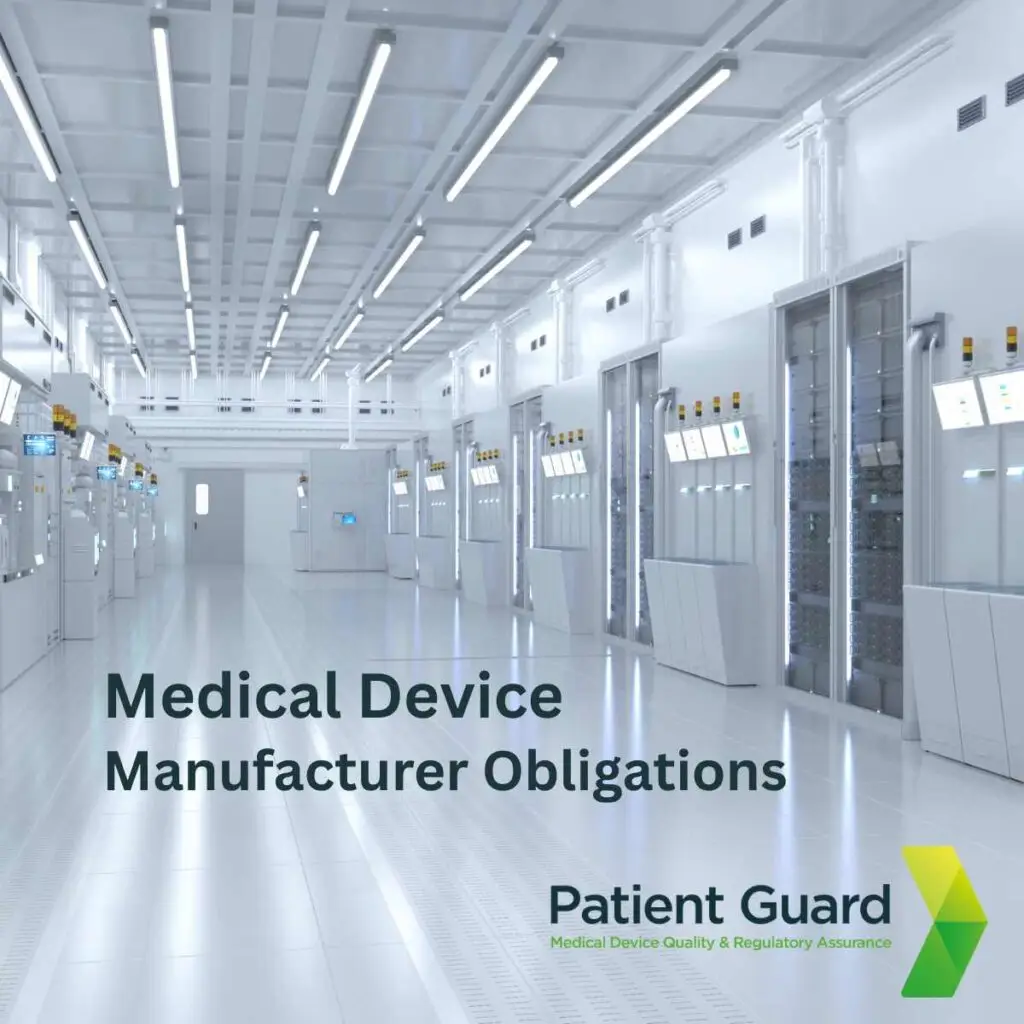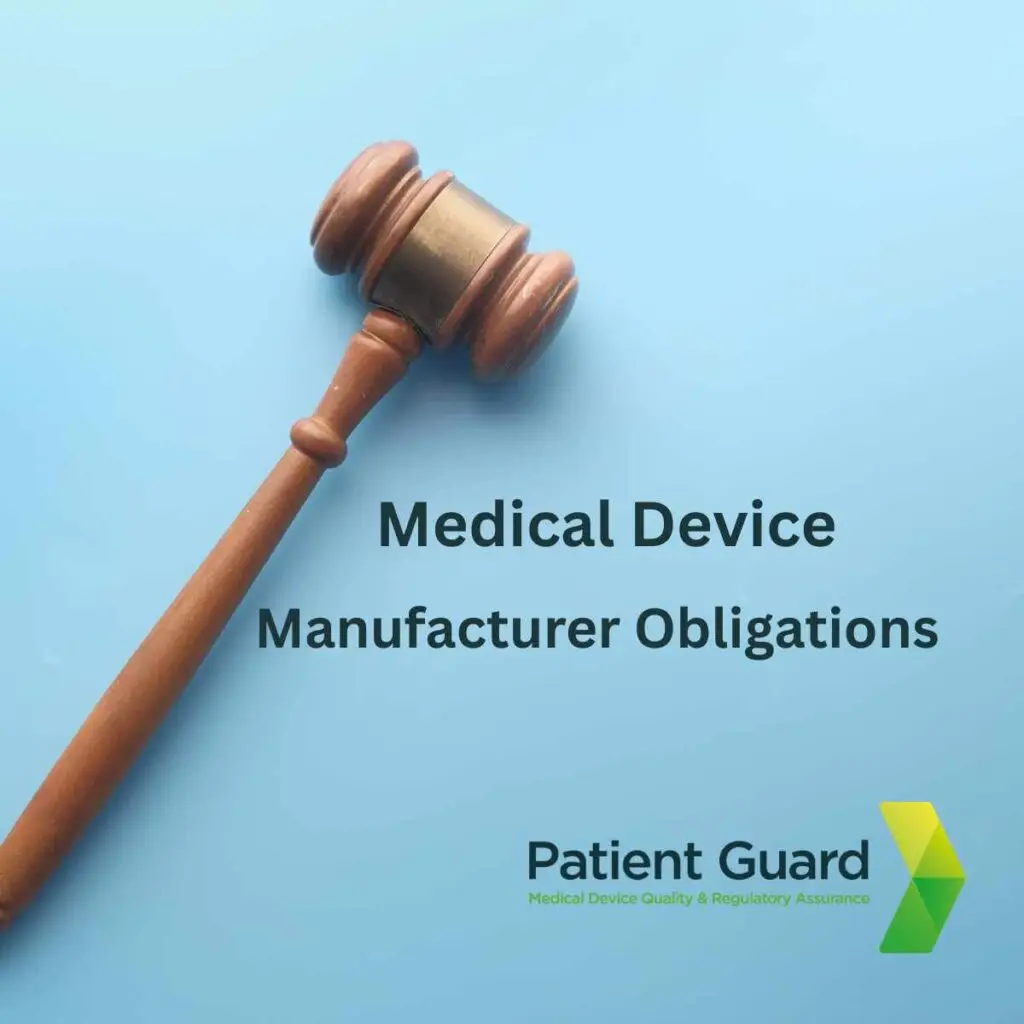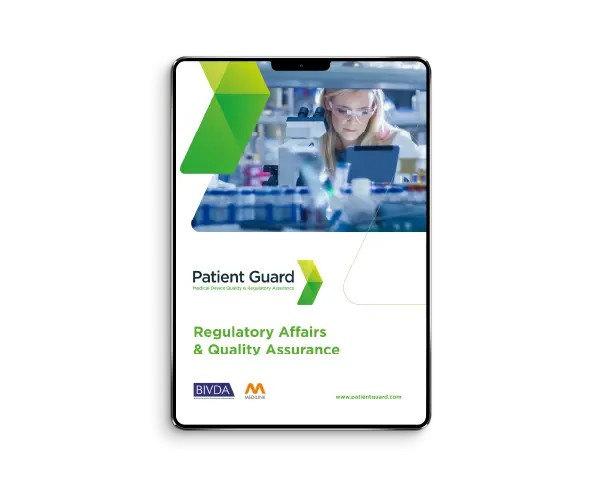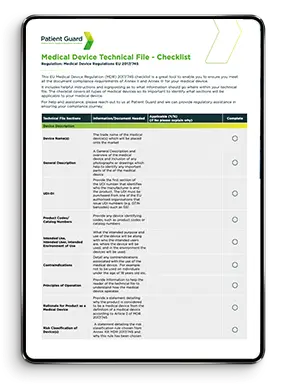What is Article 10?
Article 10 is not just a checklist—it represents a shift in regulatory expectations, emphasizing proactive risk management, post-market surveillance, and accountability. In this article, we explore the key responsibilities of manufacturers under Article 10 and why it is crucial for regulatory compliance and market success.
Article 10 lays out the baseline legal and operational responsibilities for all medical device manufacturers wishing to place devices on the EU market. These responsibilities span the entire lifecycle of a device, from design and production to post-market surveillance and corrective actions.
The regulation requires manufacturers to go beyond simple product conformity. They must demonstrate ongoing compliance, implement systematic controls, and respond effectively to real-world performance data.

Core Responsibilities Under Article 10
1. Compliance with General Safety and Performance Requirements (GSPRs)
Every device must meet the requirements listed in Annex I of the MDR. These include safety, performance, clinical evaluation, and risk mitigation. The goal is to ensure the device achieves its intended purpose without compromising the health and safety of users and patients.
Manufacturers must document and justify how these requirements are met throughout the device lifecycle.
2. Implementation of a Quality Management System (QMS)
Manufacturers must establish, document, implement, and maintain a QMS that is proportionate to the risk class and type of device. The QMS must include:
Design and development processes
Supplier and subcontractor control
Manufacturing and release procedures
Post-market surveillance and vigilance activities
CAPA systems
Record retention and traceability mechanisms
The QMS should align with internationally recognized standards such as ISO 13485:2016, although the MDR has additional, more prescriptive requirements.
3. Technical Documentation
Manufacturers are responsible for preparing and maintaining technical documentation as defined in Annex II and Annex III. This includes:
Device description and specification
Labelling and IFU
Design and manufacturing information
Risk management file
Verification and validation data
Clinical evaluation report
PMS and vigilance plans
This documentation must be readily available to Notified Bodies and competent authorities upon request.
4. Risk Management Process
In accordance with ISO 14971, manufacturers must implement a risk management system that continues throughout the product lifecycle. The process involves:
Hazard identification
Risk estimation and evaluation
Implementation of risk control measures
Evaluation of overall residual risk
Monitoring of post-market data
The system must be proactive, not reactive. Continuous improvement based on real-world data is expected.
5. Post-Market Surveillance (PMS) and Vigilance
Manufacturers must have a documented PMS plan in place for every device. The PMS system should collect and analyze data to:
Verify the continued safety and performance of the device
Identify emerging risks or trends
Feed updates into risk management and clinical evaluation
Inform necessary field safety corrective actions (FSCAs)
For higher-risk devices (Class IIa, IIb, III), manufacturers are required to produce a Periodic Safety Update Report (PSUR).
Additionally, serious incidents and FSCA reports must be submitted to EUDAMED within the specified timeframes outlined in Articles 87–91.
6. Unique Device Identification (UDI)
The UDI system is designed to enhance traceability and transparency. Manufacturers must:
Assign UDI-DI and UDI-PI codes
Affix UDIs on labelling and packaging
Upload UDI-related data to the EUDAMED database
This system improves recall efficiency, surveillance, and counterfeit detection.
7. Economic Operator Oversight
Manufacturers must identify and monitor all economic operators associated with the device:
Authorised Representative (for non-EU manufacturers)
Importers
Distributors
The manufacturer is ultimately responsible for ensuring that each actor fulfils their regulatory obligations. Contracts, SOPs, and oversight mechanisms should be in place to ensure compliance.
8. Person Responsible for Regulatory Compliance (PRRC)
As per Article 15, manufacturers must appoint at least one PRRC. This individual must meet specific qualifications and is responsible for:
Ensuring technical documentation and declarations of conformity are up to date
PMS and vigilance reporting
Post-market clinical follow-up (PMCF) when applicable
The PRRC must be permanently and continuously available to the manufacturer, either as an employee or external contractor (in the case of SMEs).
9. Liability and Insurance
Manufacturers are required to have adequate insurance coverage to compensate for potential harm caused by defective devices. This provision ensures that victims have access to financial redress and that manufacturers remain financially accountable.
Frequently Asked Questions (FAQs)
Yes. Article 10(9) requires all manufacturers to establish and maintain a QMS. While Class I devices may have a lighter system, even they must demonstrate adequate control over design, manufacturing, and post-market processes.
The PRRC must have:
A university degree in law, medicine, pharmacy, engineering, or science and one year of professional experience in regulatory affairs or quality systems, or
Four years of professional experience in these areas without a formal degree.
This person ensures MDR compliance on behalf of the manufacturer.
Yes. The PMS requirement applies to all classes of devices. However, the level of scrutiny and documentation escalates with device risk. High-risk devices require PSURs, while Class I devices must maintain PMS reports and act on trends.
Non-compliance may lead to:
Suspension or withdrawal of CE certificates
Device recalls or import bans
Regulatory inspections and audits
Legal liability and fines
Reputational damage and market exclusion
Authorities across the EU are empowered to enforce corrective actions swiftly and may publish non-compliance findings publicly.
Summary
Article 10 of the EU MDR is not just a regulatory formality—it is a strategic imperative. It sets the expectations for responsible manufacturing and continuous oversight across the device lifecycle. From design and documentation to market monitoring and risk control, manufacturers must be fully engaged in ensuring patient safety and product reliability.
For many organisations, especially small and medium-sized enterprises (SMEs), these obligations can be daunting. That’s where expert support makes a difference.
At Patient Guard, we help manufacturers:
Build compliant Quality Management Systems
Prepare technical documentation and PMS plans
Serve as your EU Authorised Representative
Train your PRRC or act in that capacity if needed
Need support meeting your Article 10 responsibilities? Contact us today to learn how we can support your path to MDR compliance.
Resources
- Navigating the EU Medical Device Regulatory Roadmap: A Guide for Manufacturers
- The Role of Notified Bodies in Medical Device Certification
- Understanding the EU MDR General Safety and Performance Requirements (GSPRs)
- Extractables and Leachables Testing for Medical Devices in ISO 10993
- The Biological Evaluation of Medical Devices
- Medical Device Clinical Evaluation
- EU MDR for Beginners: Understanding the Basics of the EU Medical Device Regulation




